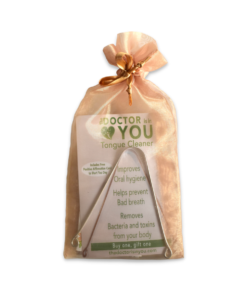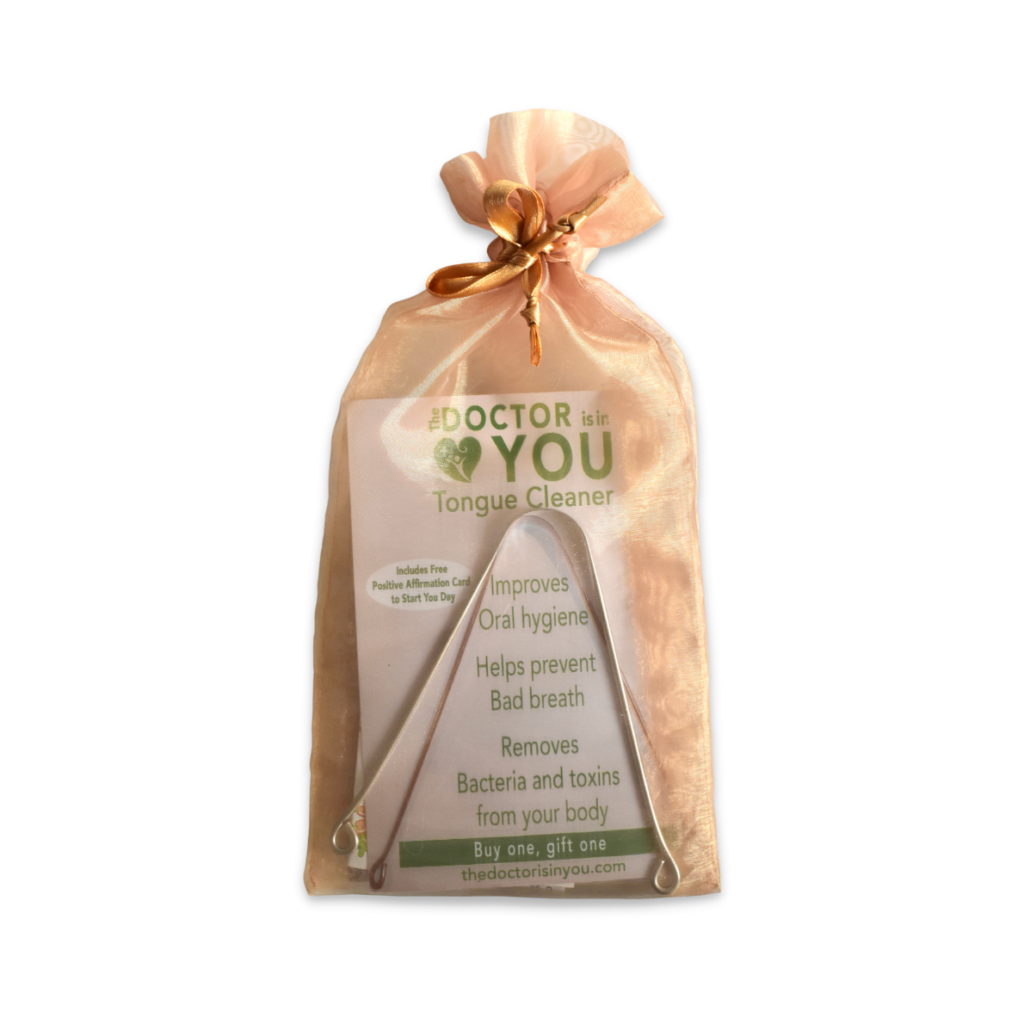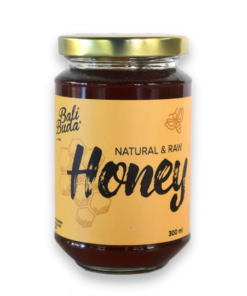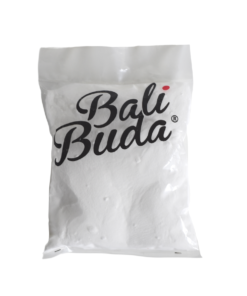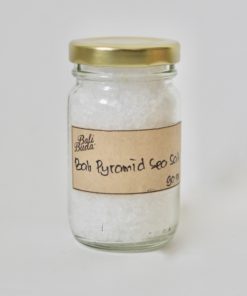Blog
The Essential Guide to Tongue Health
The tongue, a vital organ often taken for granted, plays a crucial role in various functions, including speech, taste, and digestion. Despite its importance, tongue health is frequently overlooked. Maintaining a healthy tongue is essential for overall well-being, as it can reflect various health issues and aid in early diagnosis. This comprehensive guide will delve into the anatomy and functions of the tongue, common tongue problems, their causes and symptoms, and tips for maintaining optimal tongue health.
1. Anatomy and Functions of the Tongue
The tongue is a muscular organ located in the mouth, anchored to the floor of the oral cavity. It consists of several parts, each playing a distinct role:
- Tip: The frontmost part, highly sensitive and instrumental in tasting.
- Body: The central part responsible for manipulating food.
- Base: The back part, crucial for swallowing and speech.
- Papillae: Small, raised structures covering the tongue’s surface, housing taste buds and aiding in food manipulation.
The tongue performs several essential functions:
- Taste: The tongue detects sweet, sour, salty, bitter, and umami flavors through taste buds located on the papillae.
- Speech: It aids in articulating sounds, helping form words.
- Digestion: The tongue helps in chewing, mixing food with saliva, and pushing it towards the throat for swallowing.
- Oral Health: The tongue plays a role in cleaning the mouth, helping maintain oral hygiene.
2. Common Tongue Problems
Several tongue issues can indicate underlying health problems or result from poor oral hygiene. Here are some common tongue conditions:
- Geographic Tongue: Characterized by smooth, red patches on the tongue surrounded by white borders. It’s generally harmless but can cause discomfort.
- Black Hairy Tongue: The papillae on the tongue’s surface grow longer, trapping bacteria and food particles, resulting in a dark, furry appearance.
- Glossitis: Inflammation of the tongue, causing swelling, redness, and a smooth, shiny surface. It can result from infections, allergies, or nutritional deficiencies.
- Canker Sores: Small, painful ulcers that appear on the tongue or inside the mouth. The exact cause is unknown, but they may be linked to stress, injury, or certain foods.
- Leukoplakia: White patches on the tongue that can’t be scraped off. Often caused by irritation from tobacco use or rough teeth, it can sometimes be precancerous.
- Oral Thrush: A yeast infection caused by the Candida fungus, leading to white patches on the tongue and inside the mouth. It’s common in individuals with weakened immune systems.
- Tongue Tie: A condition where the frenulum (the tissue connecting the tongue to the mouth floor) is too short, restricting tongue movement and affecting speech and eating.
- Tongue Cancer: Symptoms include persistent sores, lumps, or patches on the tongue. Early detection and treatment are crucial for a better prognosis.
3. Causes & Symptoms
Understanding the causes and symptoms of common tongue problems can help in early diagnosis and treatment.
1. Geographic Tongue:
- Causes: The exact cause is unknown, but it may be linked to genetics, stress, hormonal changes, or certain foods.
- Symptoms: Smooth, red patches with white borders, mild discomfort or burning sensation, especially with spicy or acidic foods.
2. Black Hairy Tongue:
- Causes: Poor oral hygiene, smoking, excessive coffee or tea consumption, use of certain medications.
- Symptoms: Dark, furry appearance, bad breath, altered taste sensation.
3. Glossitis:
- Causes: Infections, allergies, nutritional deficiencies (especially vitamin B12, iron, and folic acid), irritants (e.g., spicy foods, alcohol).
- Symptoms: Swollen, red tongue, smooth and shiny surface, pain or tenderness.
4. Canker Sores:
- Causes: Stress, injury, certain foods (e.g., citrus fruits, spicy foods), hormonal changes, nutritional deficiencies.
- Symptoms: Small, round ulcers with a white or yellow center and red border, pain, especially when eating or talking.
5. Leukoplakia:
- Causes: Irritation from tobacco use, rough teeth, dental appliances, alcohol consumption.
- Symptoms: White patches that can’t be scraped off, sometimes accompanied by discomfort or pain.
6. Oral Thrush:
- Causes: Candida yeast overgrowth, weakened immune system, use of antibiotics or corticosteroids, diabetes.
- Symptoms: White, creamy patches on the tongue and inside the mouth, soreness, difficulty swallowing, altered taste.
7. Tongue Tie:
- Causes: Congenital condition present at birth.
- Symptoms: Restricted tongue movement, difficulty breastfeeding (in infants), speech difficulties, challenges with eating certain foods.
8. Tongue Cancer:
- Causes: Tobacco and alcohol use, human papillomavirus (HPV) infection, prolonged irritation, family history of cancer.
- Symptoms: Persistent sores or lumps, red or white patches, pain, difficulty swallowing or speaking, unexplained bleeding.
4. Tips for Maintaining Tongue Health
Maintaining good oral hygiene and overall health can prevent many tongue problems. Here are some tips for keeping your tongue healthy:
1. Practice Good Oral Hygiene:
- Brush Regularly: Brush your teeth at least twice a day.
- Clean Your Tongue: Use a tongue scraper or your toothbrush to clean your tongue daily, removing bacteria and food particles.
- Floss Daily: Flossing helps remove food particles and plaque between your teeth, preventing oral infections.
2. Stay Hydrated:
- Drinking plenty of water helps maintain saliva production, which is essential for keeping the mouth and tongue clean.
3. Healthy Diet:
- Eat Nutrient-Rich Foods: Consume a balanced diet rich in vitamins and minerals, particularly those important for oral health, such as vitamins B12, C, D, and calcium.
- Avoid Irritants: Limit the consumption of spicy foods, alcohol, and tobacco, which can irritate the tongue.
4. Regular Dental Checkups:
Visit your dentist regularly for checkups and cleanings. Early detection of tongue and oral problems can prevent serious conditions.

5. Manage Stress:
Stress can contribute to various oral health problems, including canker sores. Practice stress management techniques such as meditation, exercise, and adequate sleep.
6. Avoid Tobacco Products:
Smoking and chewing tobacco can cause numerous oral health issues, including leukoplakia, oral thrush, and tongue cancer.
7. Monitor Your Tongue:
Regularly check your tongue for any changes in color, texture, or the presence of sores and patches. Early detection of abnormalities can lead to prompt treatment.
8. Seek Professional Advice:
If you notice persistent changes or experience discomfort, consult a healthcare professional or dentist for an accurate diagnosis and appropriate treatment.
4. Zoom on the Tongue Cleaning
1. The Origins of Tongue Cleaning
Tongue cleaning is an ancient practice with a rich history that spans various cultures and regions around the world. It is most notably associated with traditional Ayurvedic medicine, an ancient holistic healing system that originated in India over 3,000 years ago. Ayurveda emphasizes the importance of maintaining balance in the body and mind for overall health, and oral hygiene, including tongue cleaning, is a fundamental aspect of this practice.
Ayurveda and Tongue Cleaning
In Ayurveda, oral hygiene is considered crucial for overall health, and tongue cleaning, known as “Jihwa Prakshalana,” is a daily ritual. Ayurvedic texts recommend using a tongue scraper made from metals like gold, silver, copper, or stainless steel, as these materials are believed to have health benefits. The practice aims to remove “Ama,” a toxic residue that accumulates on the tongue overnight due to incomplete digestion, which can lead to various health issues if not removed.
Ancient Civilizations
Apart from Ayurveda, other ancient civilizations also recognized the importance of tongue cleaning. Historical records indicate that ancient Egyptians, Greeks, and Romans practiced tongue scraping to maintain oral hygiene and fresh breath. These cultures used a variety of tools, including thin, flexible strips of wood or metal, to clean their tongues.
Traditional Chinese Medicine
Traditional Chinese Medicine (TCM), another ancient holistic health system, also includes tongue cleaning as part of its approach to maintaining overall well-being. In TCM, the appearance of the tongue is used as a diagnostic tool to assess the body’s health, with different areas of the tongue corresponding to various organs. Keeping the tongue clean is believed to promote better health and prevent disease.
Modern Adoption
The practice of tongue cleaning has persisted through the ages and has been adopted by modern dentistry and oral hygiene practices. Contemporary tongue cleaners come in various materials, including plastic and stainless steel, and are widely available in drugstores and online. Today, tongue cleaning is recognized for its benefits in improving oral hygiene, reducing bad breath, and enhancing the sense of taste.
2. What is a Tongue Cleaner?
A tongue cleaner, also known as a tongue scraper, is a tool designed to remove bacteria, food debris, and dead cells from the surface of the tongue. This simple yet effective device is usually made from metal or plastic and features a curved edge that gently scrapes the tongue’s surface. Tongue cleaning is an ancient practice, with roots in traditional Ayurvedic medicine, and it has gained popularity for its numerous oral health benefits.
3. Benefits of Using a Tongue Cleaner
- Improves Oral Hygiene: Regular tongue cleaning helps reduce the buildup of bacteria and plaque, leading to better overall oral hygiene.
- Prevents Bad Breath: By removing the bacterial buildup and debris that cause bad breath, a tongue cleaner can help keep your breath fresh.
- Enhances Taste: Cleaning the tongue can improve your sense of taste by removing the coating that can dull taste buds.
- Reduces Risk of Oral Infections: By keeping the tongue clean, you can lower the risk of developing oral infections such as oral thrush.
4. How to Use a Tongue Cleaner
Using a tongue cleaner is a simple and quick addition to your daily oral hygiene routine. Here’s a step-by-step guide:
- Choose the Right Tongue Cleaner: Select a tongue cleaner that feels comfortable and easy to handle. Metal and plastic cleaners are both effective, so choose the one that suits your preference.
- Prepare: Use the tongue cleaner in the morning before eating or drinking. This is the best time to remove overnight buildup.
- Extend Your Tongue: Stick your tongue out as far as possible to expose the surface for cleaning.
- Scrape: Place the curved edge of the tongue cleaner at the back of your tongue. Gently pull the cleaner forward towards the tip of your tongue, applying light pressure. Avoid pressing too hard to prevent irritation or damage.
- Rinse and Repeat: Rinse the tongue cleaner under running water after each scrape to remove debris. Repeat the scraping process 5-10 times, or until your tongue feels clean and free of buildup.
- Rinse Your Mouth: After using the tongue cleaner, rinse your mouth with water or an antibacterial mouthwash to flush out any remaining debris.
- Clean the Tongue Cleaner: After each use, thoroughly wash the tongue cleaner with soap and water, and let it dry before storing.
- Incorporate tongue cleaning into your daily oral hygiene routine: it is easy and beneficial. For optimal oral health, follow these steps regularly, along with brushing and flossing. Consistent use of a tongue cleaner can lead to fresher breath, improved taste, and a healthier mouth.

5. Other Natural Remedies for Tongue Health
In addition to conventional treatments, several natural remedies can help maintain and improve tongue health:
-
Salt Water Rinse:
Rinsing your mouth with a salt water solution can help reduce inflammation and bacteria, promoting healing of minor tongue issues.
-
Baking soda:
Can neutralize acids and relieve pain from canker sores. Mix with water to form a paste and apply to the affected area:
-
Honey:
Honey has natural antibacterial and anti-inflammatory properties. Applying honey to a sore or inflamed tongue can aid in healing and provide relief.
-
Aloe Vera:
Aloe vera is known for its soothing and healing properties. Apply aloe vera gel directly to the affected area for relief from pain and inflammation.
-
Yogurt:
Probiotic-rich yogurt can help balance the natural flora in your mouth, preventing oral thrush and other infections.
-
Turmeric:
Turmeric has potent anti-inflammatory and antimicrobial properties. Mix turmeric powder with water to create a paste and apply it to the affected area.
Takeaway
Tongue health is an integral part of overall well-being, impacting various functions such as taste, speech, and digestion. By understanding common tongue problems, their causes, and symptoms, and adopting good oral hygiene practices, you can maintain a healthy tongue. Regular dental checkups, a balanced diet, tongue cleaning practice and avoiding irritants like tobacco and alcohol are crucial for preventing tongue-related issues. Additionally, natural remedies can complement conventional treatments, promoting healing and maintaining tongue health. Taking proactive steps to care for your tongue not only enhances oral health but also contributes to your overall quality of life.

 Indonesia
Indonesia

